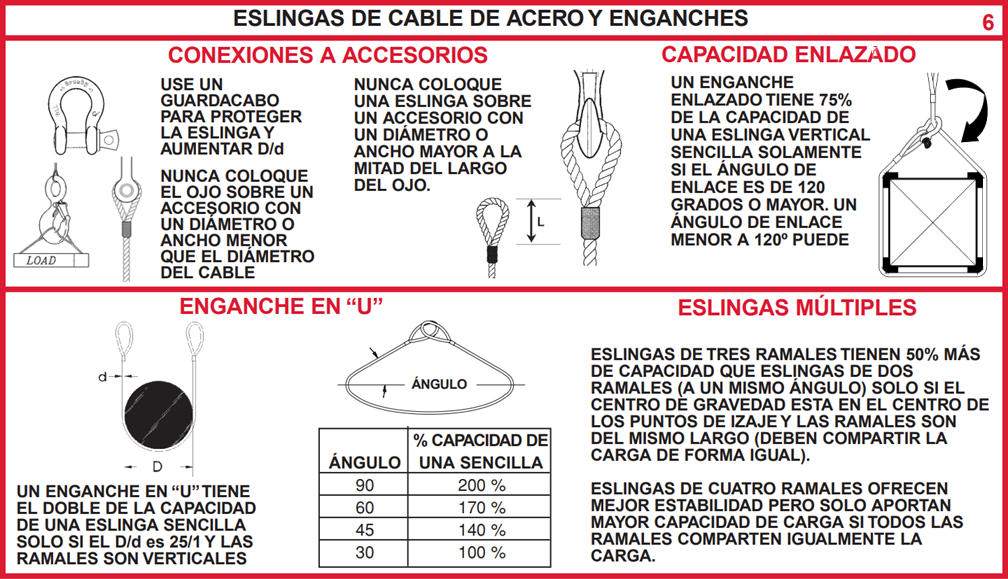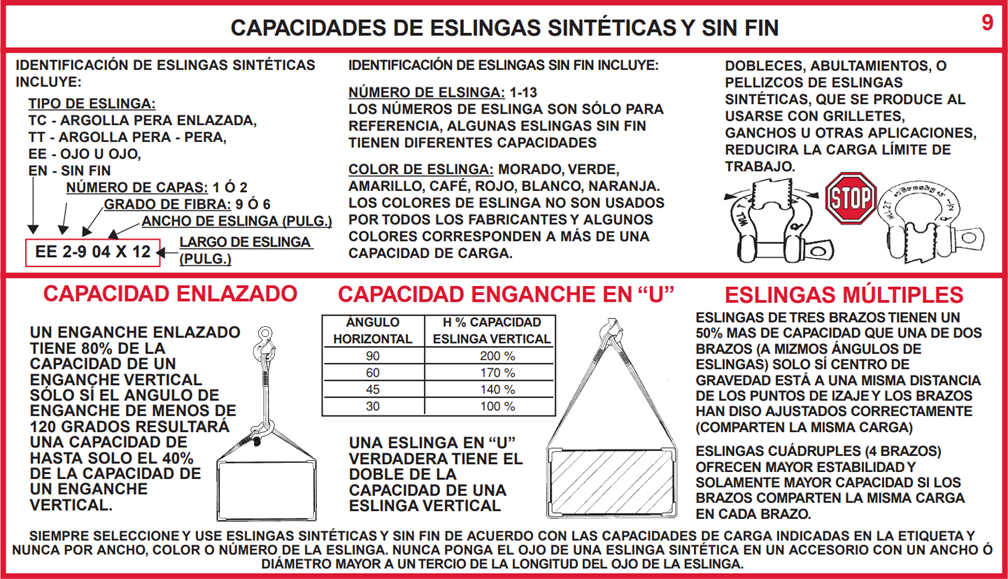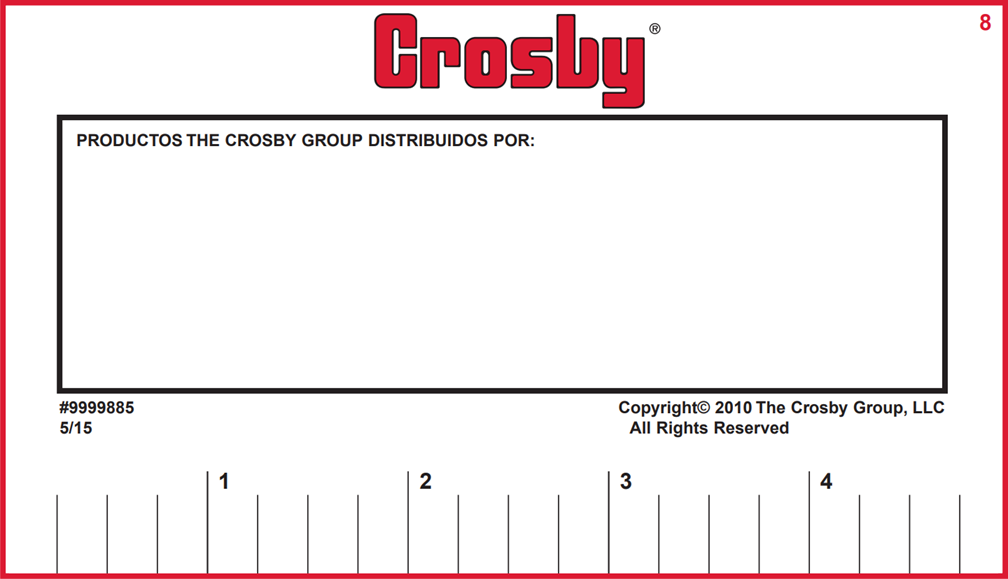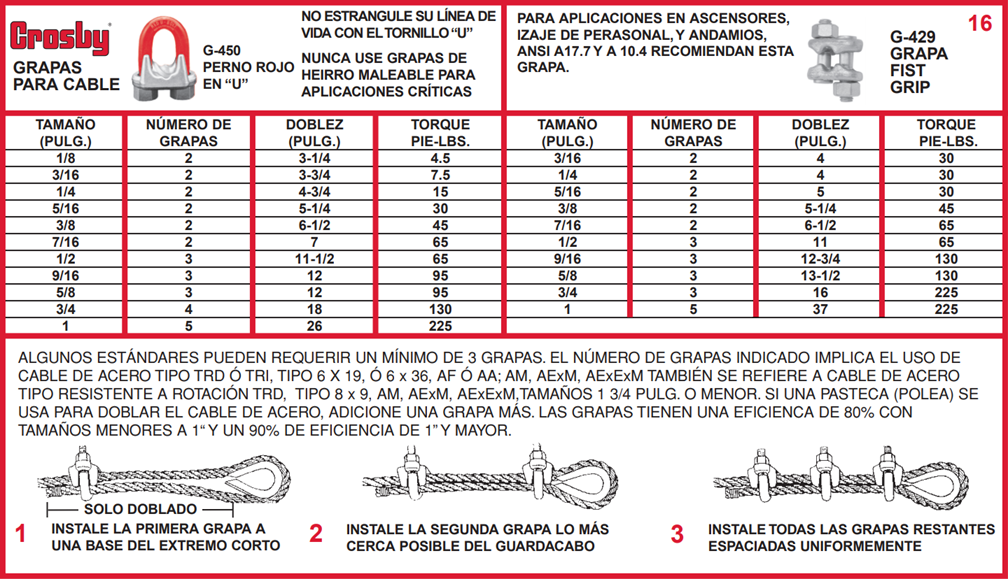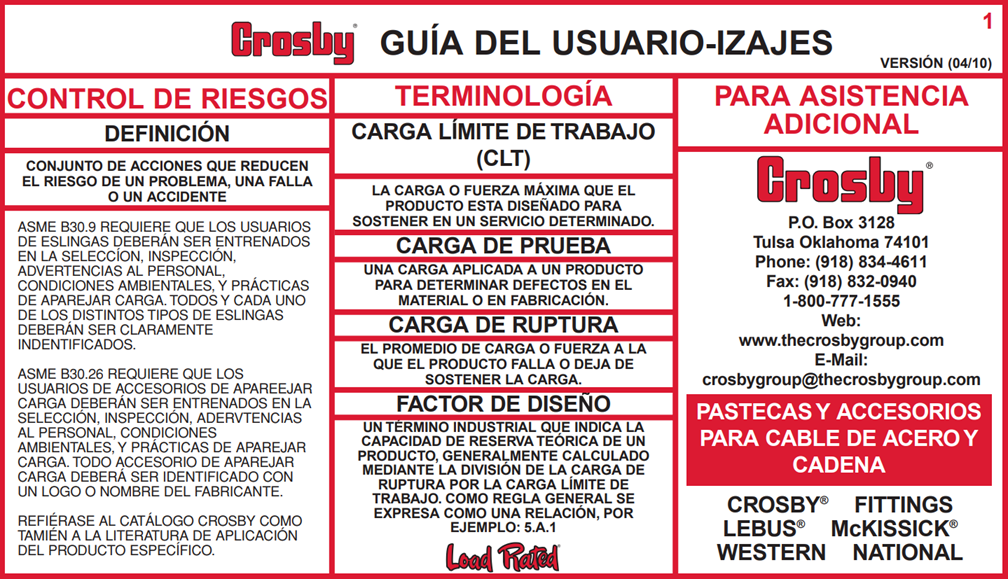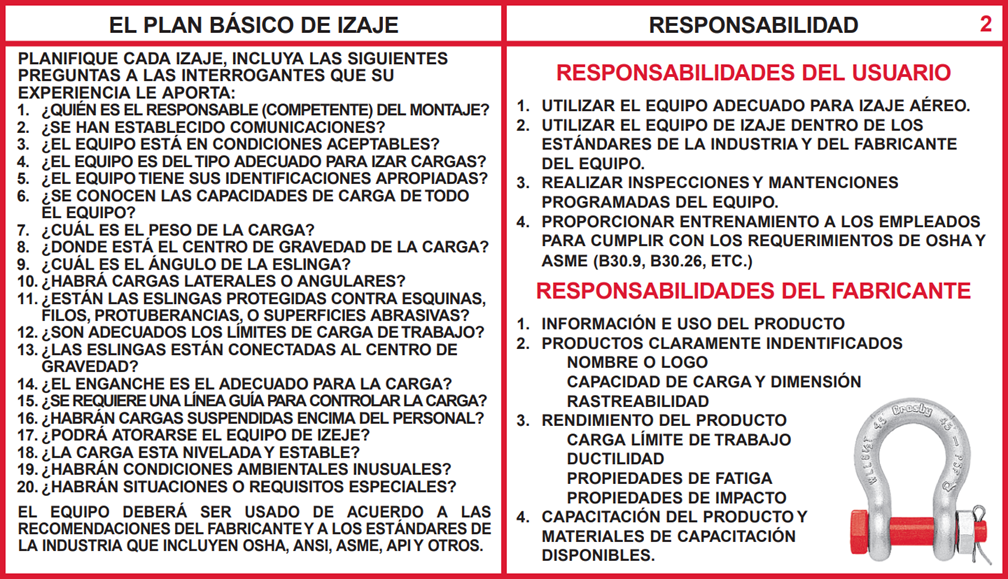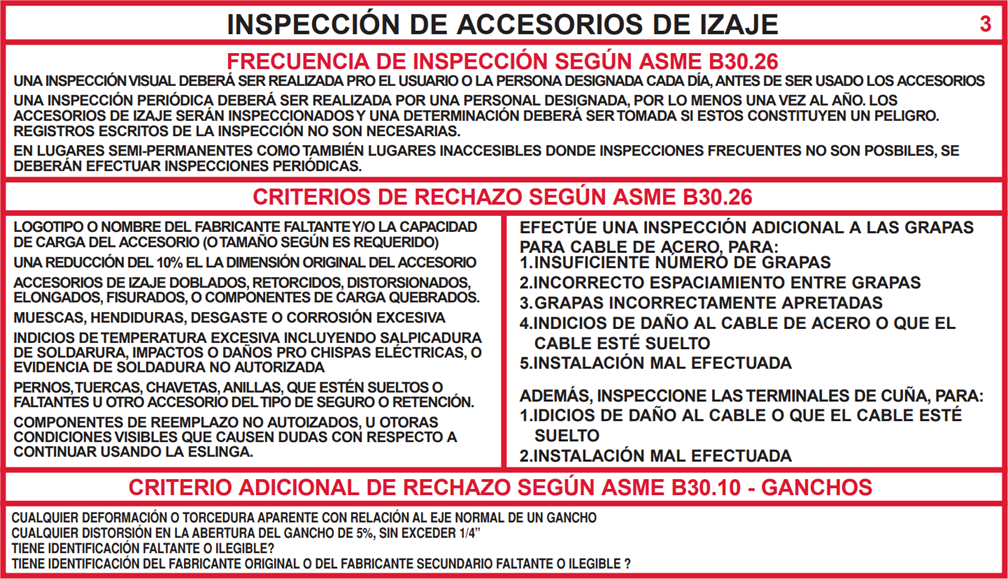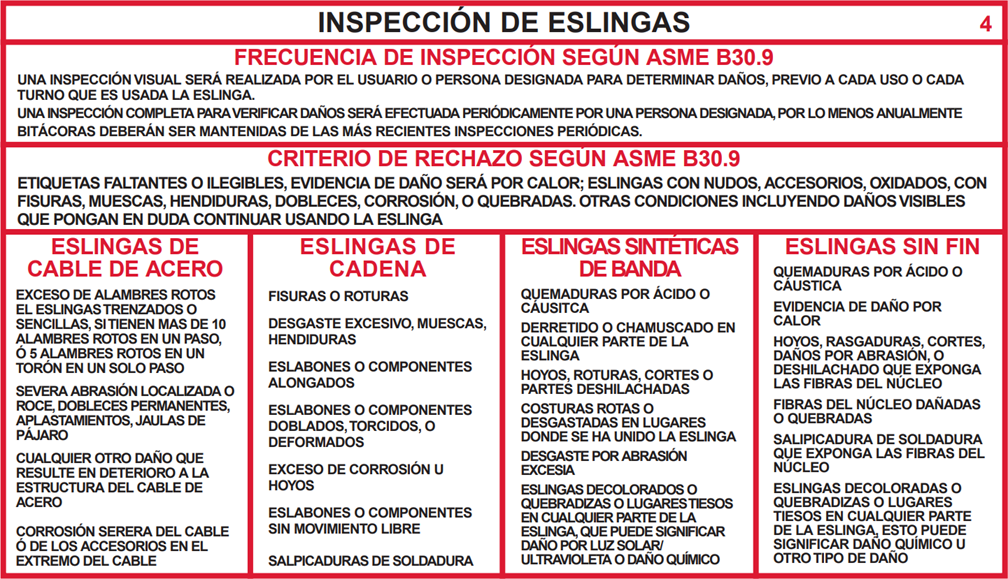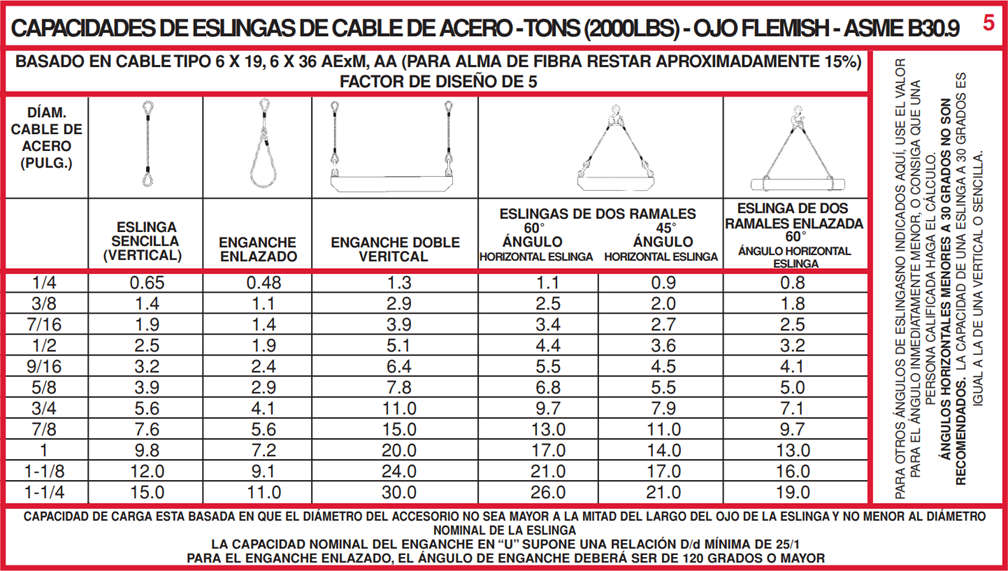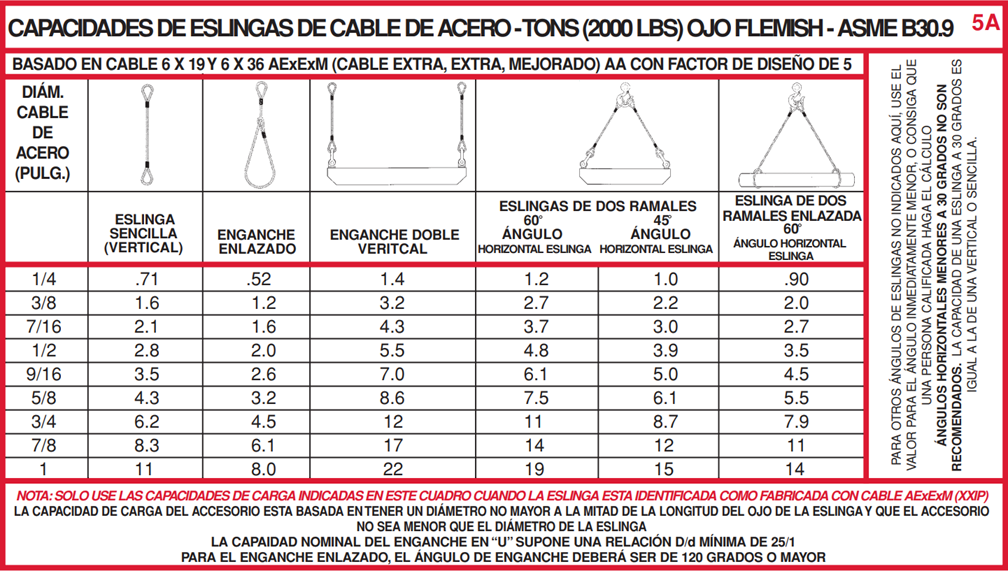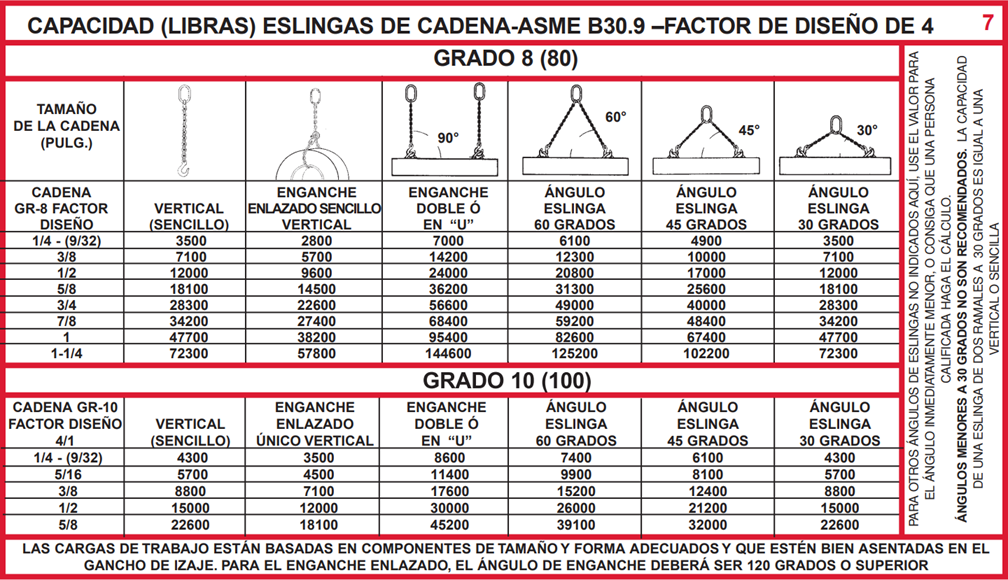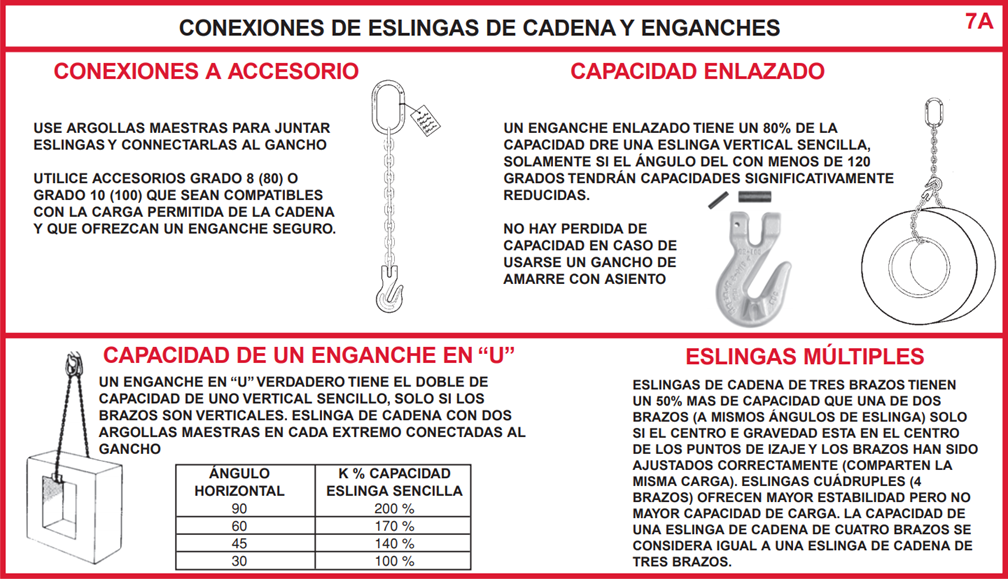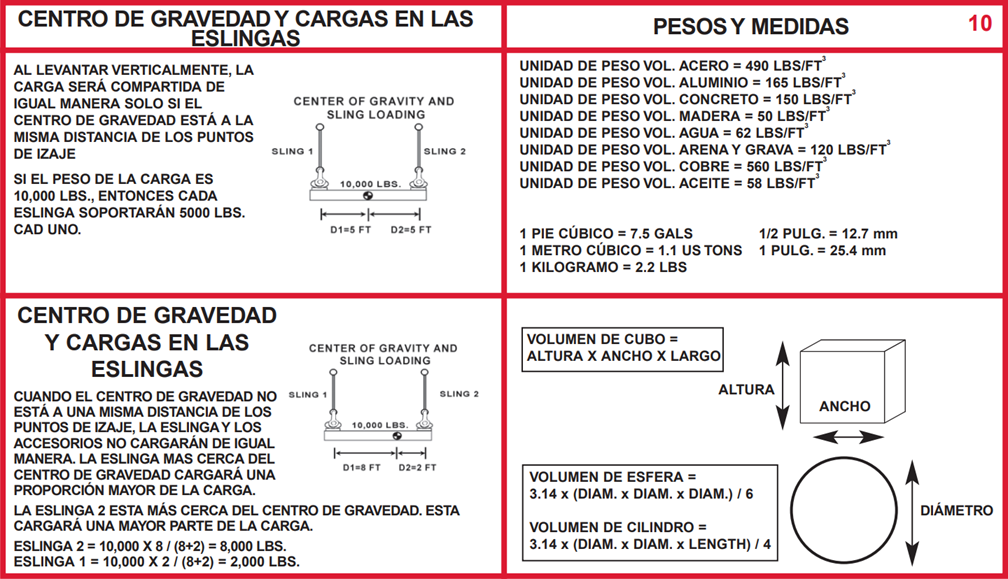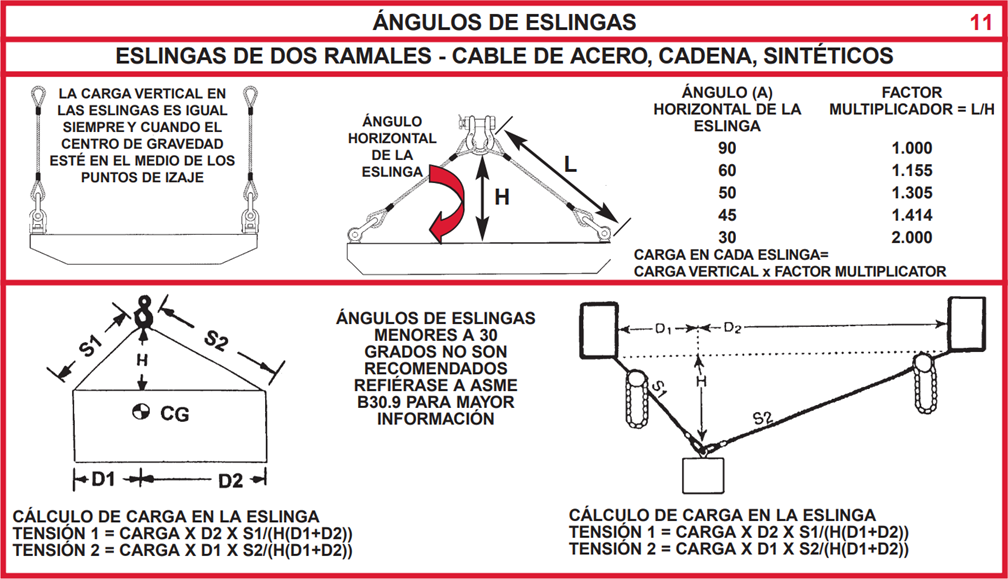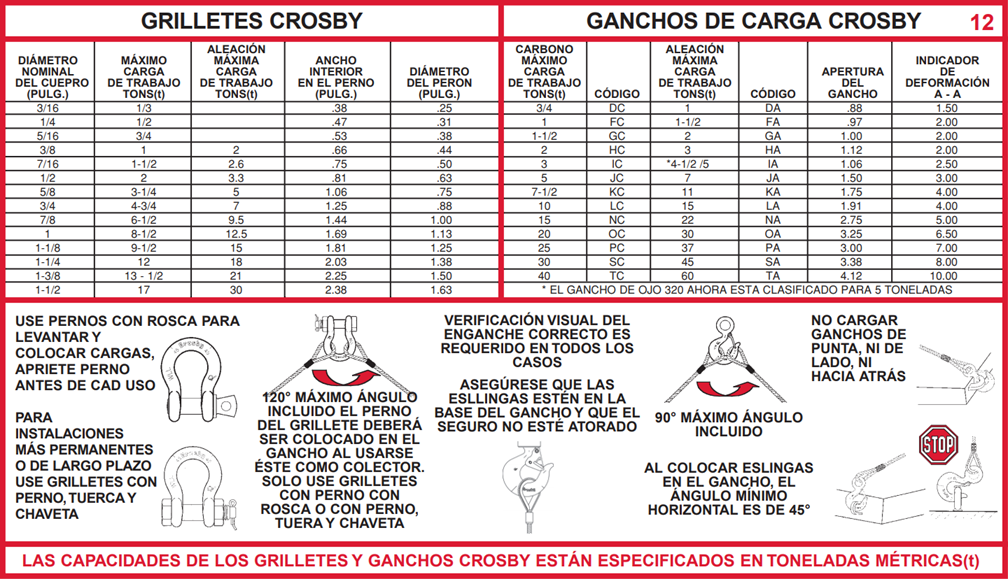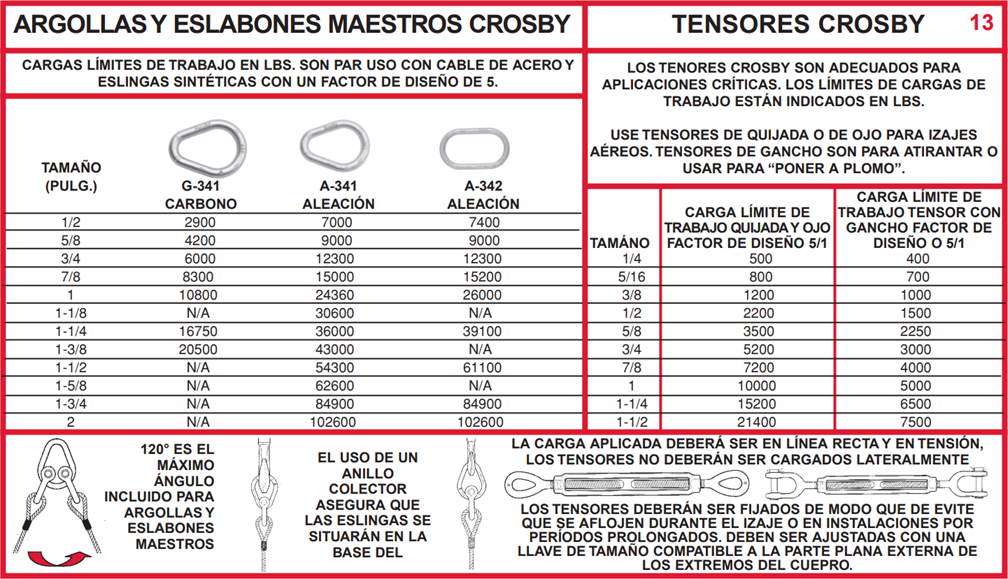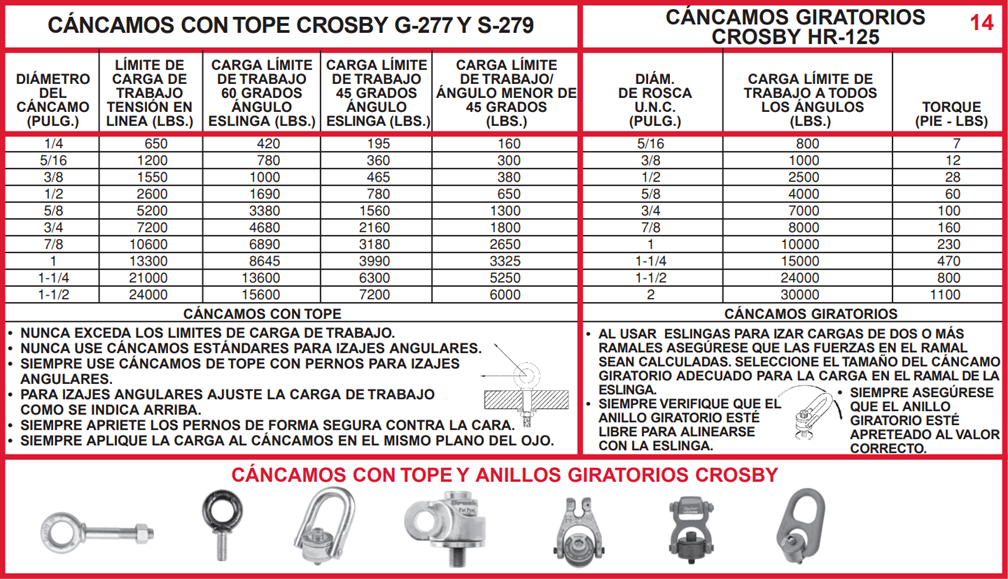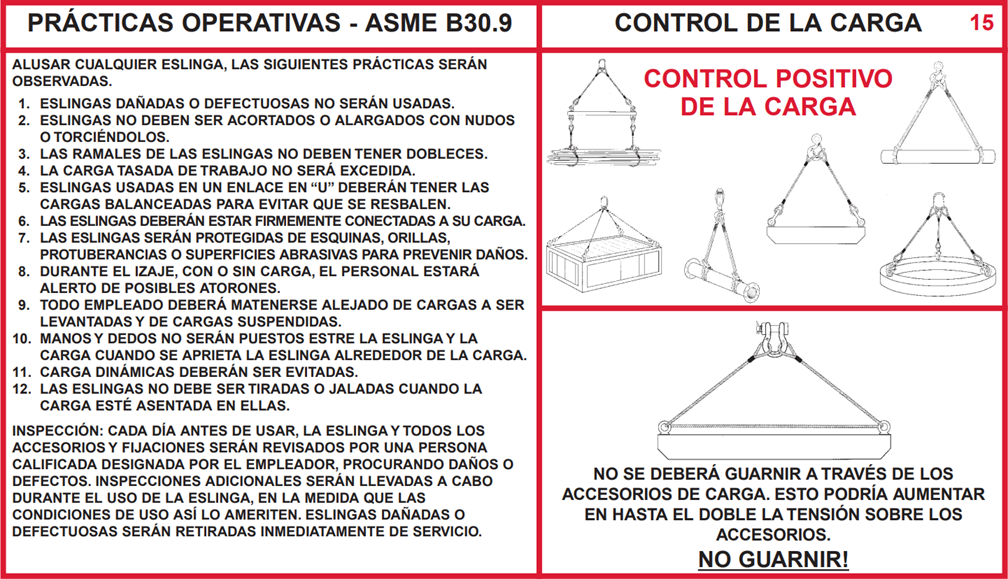Kito Crosby is recognized as a market leader in the hoist and crane industry, with a wide variety of innovative lifting solutions for many industrial applications. Offering the highest quality products and the best possible service and support to our customers, our main goal is to exceed every customer’s expectations.
With a global network of more than 4,500 authorized distributors and unmatched local support, Kito Crosby sets the standard for quality, training, and technical expertise in the field.
CROSBY BRANDS
Crosby
Gunnebo Industries
Crosby Straightpoint
Crosby BlokCam
Crosby IP
Crosby Feubo
Crosby Airpes
McKissick
Speedbinders
Crosby was the first in the industry to:
- Develop the forged wire rope clip (1888)
- Produce wire rope guards on sheaves that can be opened for easy reeving (1925)
- Forge load rating (working load limit) directly onto product (1958)
- Perfect the Quench and Tempering® method of fittings for more reliable performance (1973)
- Use and forge a Product Identification Code (PIC) into each product that allows traceability to its respective date of production and material certification (1977)
- Introduce the McKissick roll-forged sheave technology that features an upset process for the groove, providing the first precision-made sheave that eliminates variations inherent in castings (1977)
- Patent the Cold Tuff® heat treatment process that creates fittings that swage easier while maintaining proper wire rope efficiencies. The process virtually eliminated cracking of fittings during the swaging process (1978)
- Introduce the wide body shackle (1981)
- Launch a comprehensive product warning and application system that focused on the proper use of Crosby products (1989)
- Rate products as Fatigue Rated (1991)
- Forge patented QUIC-CHECK™ markings into hooks, shackles, and various other rigging products to assist users in determining proper use (1992)
- Develop the Sling Saver® line of fittings exclusively for use with synthetic slings (1994)
- Produce a crane block that can be reeved without removing the wedge socket from wire rope in the United States (1996)







